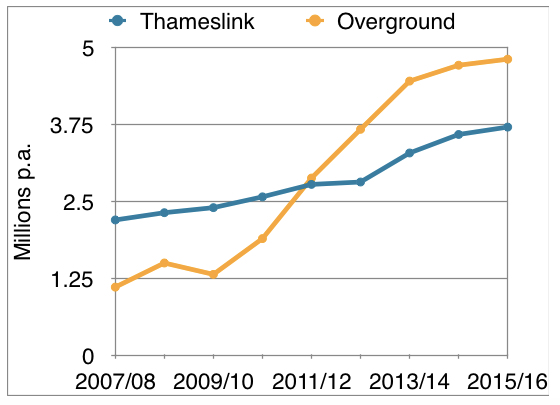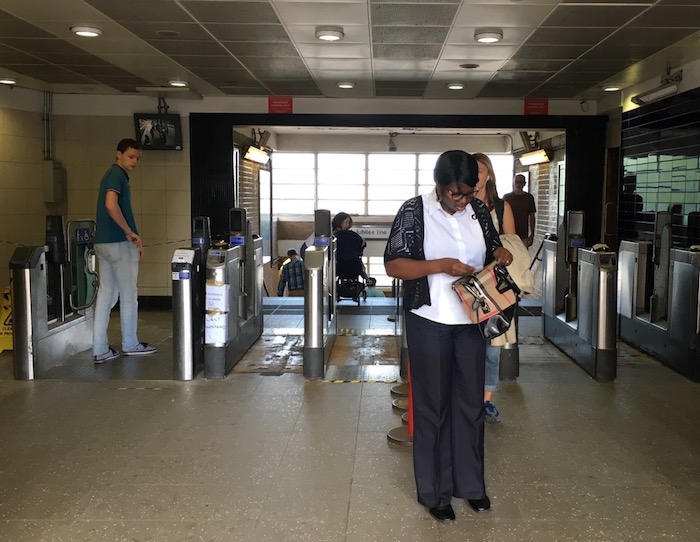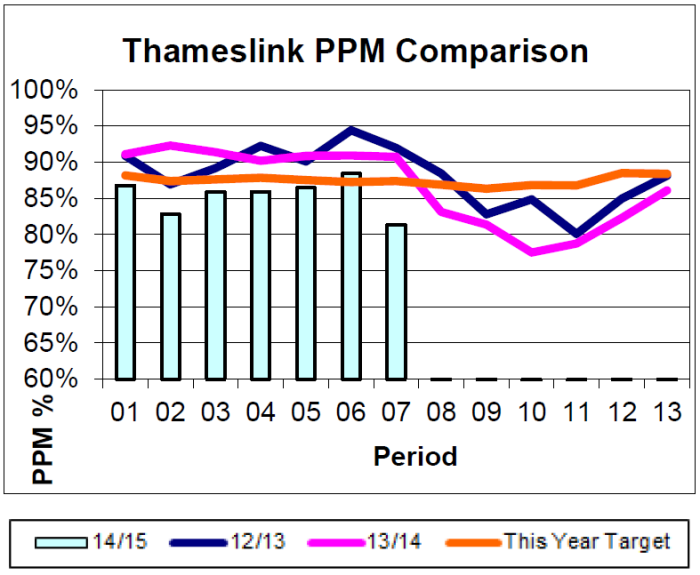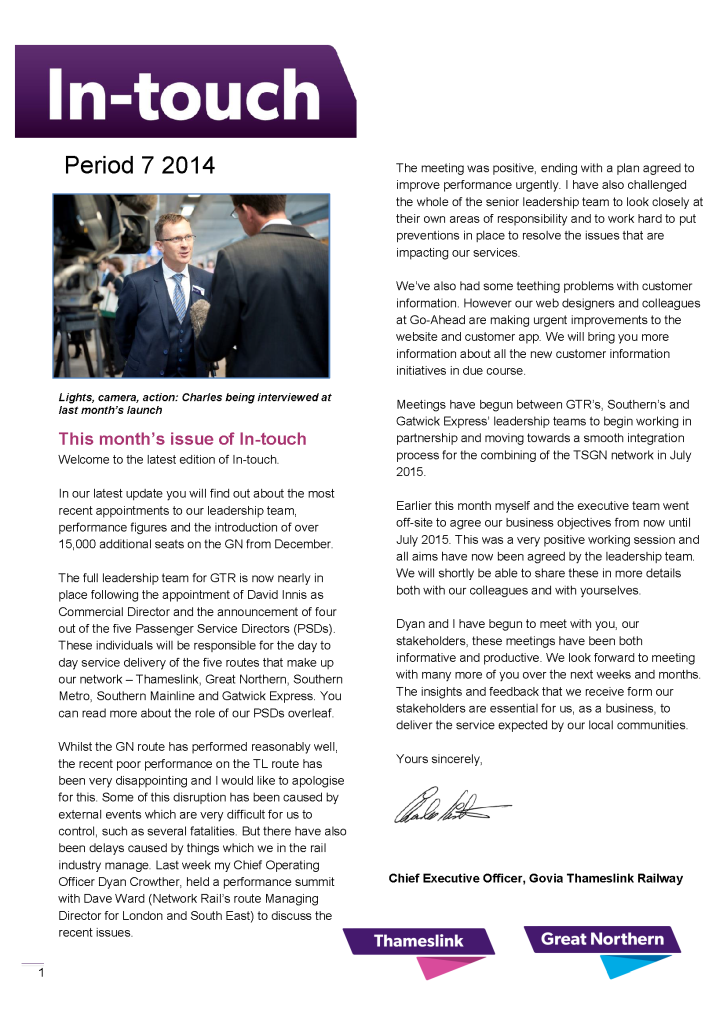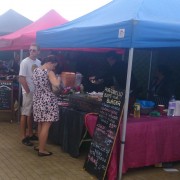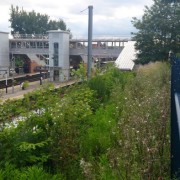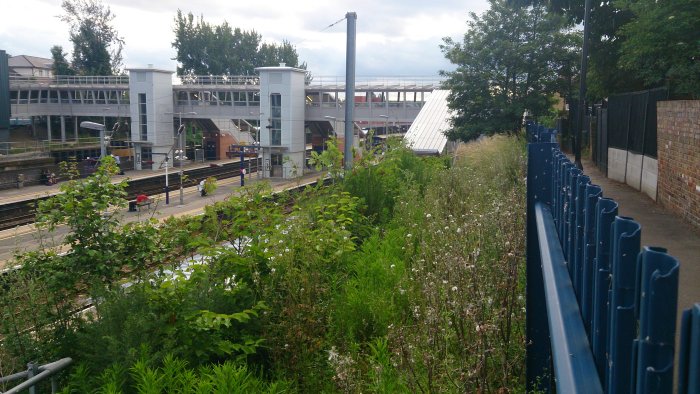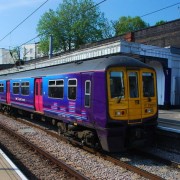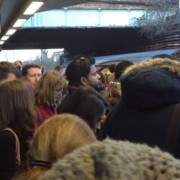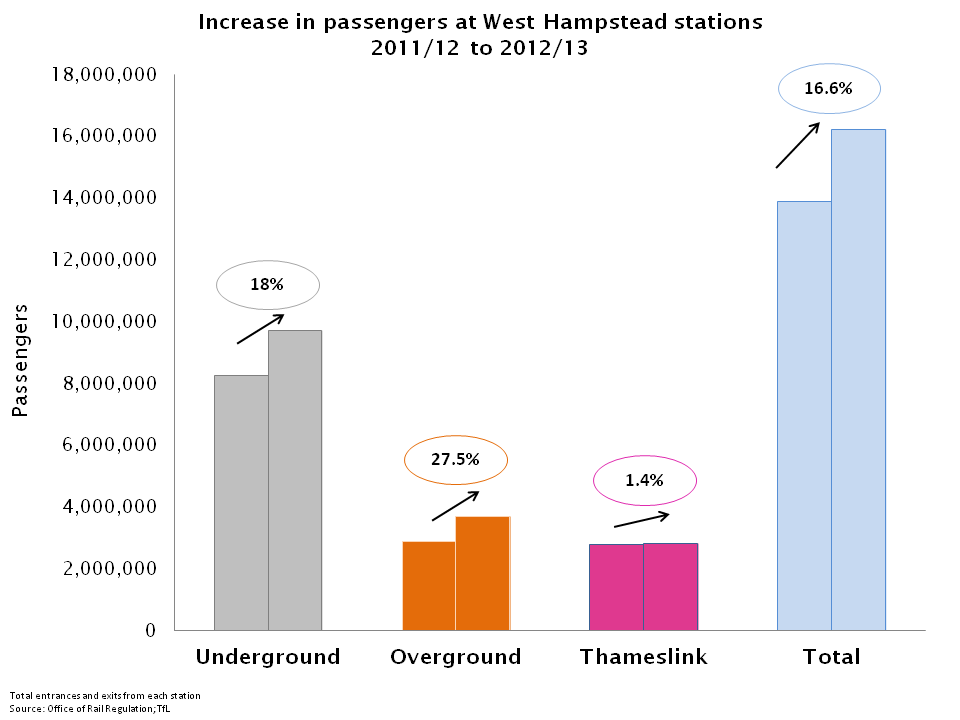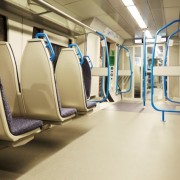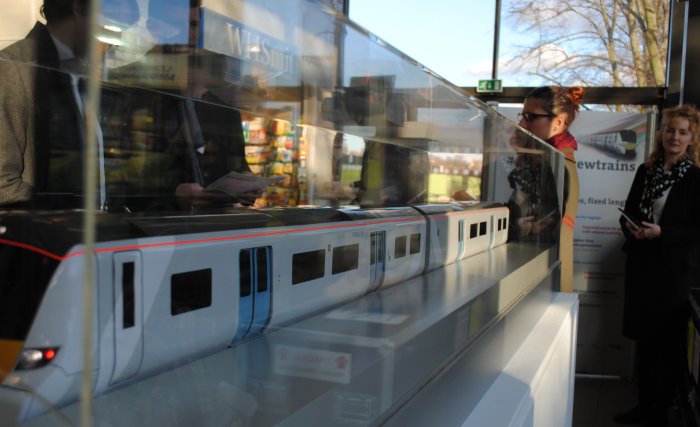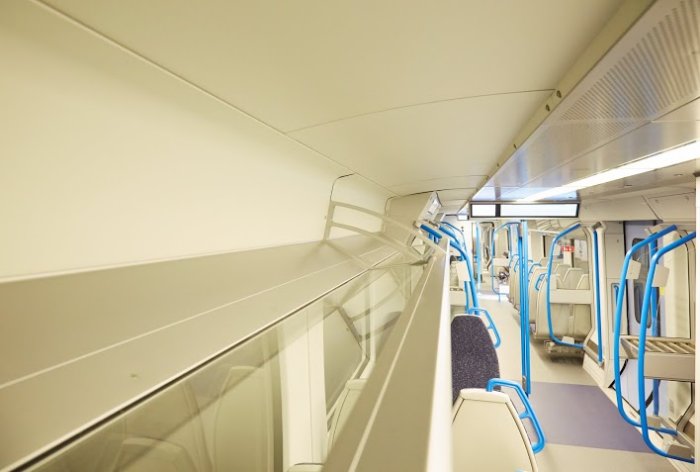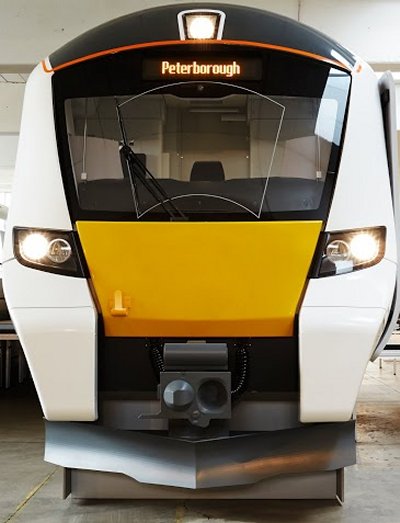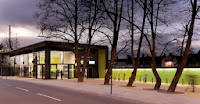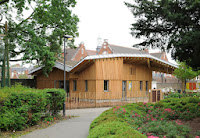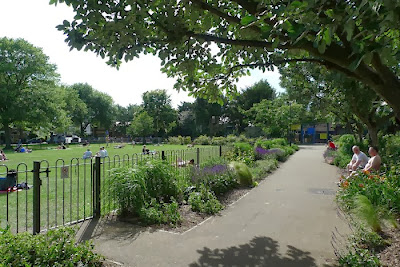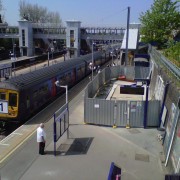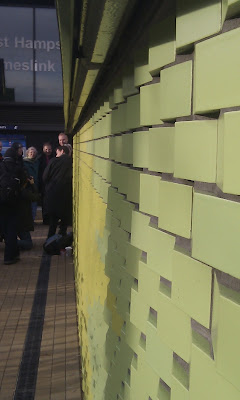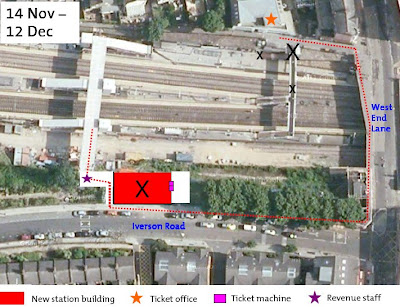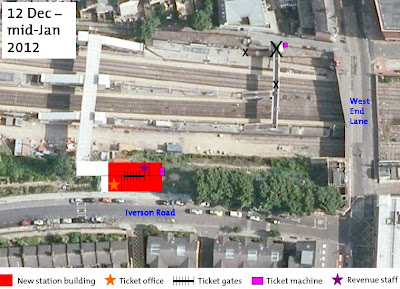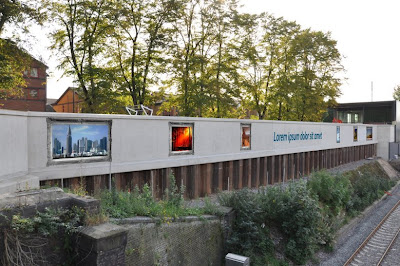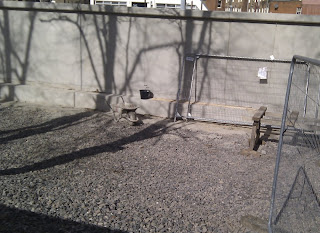On a cold Monday evening, Liberal Democrat councillor Keith Moffitt (West Hampstead) kicked off the first combined area action group meeting. This is the successor to the local area forums. All six of the local councillors were present (all Lib Dems).
The audience – around 80 people, the vast majority being older members of the community – settled down as Keith mentioned that they had publicised the event on Twitter and on the two local blogs. He asked if anyone except me had come because they had seen it promoted online. No-one had.
A man behind me said sotto voce “Twitter is one of the most ridiculous pointless things I’ve ever heard of”. I wondered whether he’d ever even seen it. Keith introduced me, which I wasn’t quite expecting, but I sensed only mild curiosity rather than active interest.
There was a really quick rundown of projects funded by the £10,000 per ward improvement fund (inevitably that isn’t being offered again). These included two new benches (Agememnon Rd/Ulysses Rd and top of Fortune Green Rd); a “give-and take” event at Emmanuel School in March; new dog/litter bins and hanging baskets on Mill Lane.
One project – improvements to the paved area around the library – has yet to happen, but it is still being planned. A plan to use Mill Lane Bridge as a community art project had to be shelved due to health & safety concerns apparently.
Thameslink station
The session kicked off with a team from the Thameslink programme bringing us up to speed on the developments at West Hampstead Thameslink station. They had a powerpoint presentation that no-one could read, which was ill-thought out. The headline news is that the platforms will be ready for the longer 12-carriage trains by December 2011, but the new trains won’t be fully installed until 2015.
The plans for the station on Iverson Road have had to be adapted to bring it within budget. The changes are largely in materials although it’s clear that the initial plans were on the ambitious side. The station is also due for completion in December 2011.
As you all know, the pavement is being substantially widened on the north side of Iverson Road. The existing embankment is being built up and paved, and this should alleviate some of the congestion between the stations.
The design of the wall running from West End Lane to the station has been adjusted – and will now be a flat wall rather than with “profiled bricks”. There’s been an invisible change to some water flow issue and the zinc roof is becoming aluminium, so will look different from above but not from ground level (makes you wonder why they went for zinc in the first place).
Finally, the sedum roof (i.e. the one covered in greenery) is being replaced by a separate larger area of grass at ground level.
All the construction materials will now be delivered trackside and not by road, so there shouldn’t be road congestion. The timetable is also designed to ensure that work takes place on weekdays during working hours.
There were plenty of audience questions, and rather a lot of talking at cross-purposes. Someone pointed out that with all the street clutter outside Starbucks, Costa etc., this was still a pinch point. Keith explained there would be a sizeable project in 2011 to widen West End Lane pavements, and that tackling this issue would be part of the January phase of that (the plan is for work to be done up the west side of WEL and then back down the east side. Expect more traffic disruption for most of next year then).
There was another question about how a car club has procured more spaces than it had apparently bid for, which went unanswered, and one woman appeared disproportionately angry that the pavement had been widened on both side of the street without consultation. Keith said he thought this might just have been a lack of clarity on the diagrams, to which she replied rather ominously, “Lets hope for your sake it is”.
There was a more measured question about lighting. Network Rail explained that there will be strip downlighting all along the wall between West End Lane and the station, and the footbridge will also be lit. This should minimize glare for residents, while ensuring enough light for safety.
The existing station on the north side of the bridge will close, and there will be ticket barriers under a weatherproof shelter there that will be manned (or left open). There will also be ticket machines.
Strangely, despite the longer platforms, there is no provision for extra platform signage. Given the frequent platform changes and running delays on the service, the information boards are of course very useful, but clearly they won’t be visible from further along. Roger Perkins, the communications manager for the Thameslink Programme, said he would look into this and that there may be some other sources of funding available. It seems crazy to extend platforms and not think about extra signage.
Roger then explained the service improvements. As was announced last week (and mentioned on my weekly round-up) the Thameslink programme survived the spending review but the completion date has been pushed back from 2016 to 2018. This drew inevitable groans.
The new trains won’t appear until 2015 (although there will be a few longer trains in service from the end of 2011 using leased carriages) but even then very few if any will stop at West Hampstead. Priority for the extra capacity will go to the fast commuter trains from Bedford that are fast from St Albans. Most of the trains that stop at West Hampstead head down to the Wimbledoon loop, where many of the stations can’t be extended.
It began to dawn on everyone that we’re enduring quite a lot of disruption for not much immediate benefit. Eventually of course, more longer trains will be rolled out and services that do not go down to Wimbledon will use them. The major benefit to locals will be that there will be new routes opening up beyond the Bedford-Brighton/Sutton services, but these routes are yet to be decided.
Roger also said that 5,000 seats had already been added to rush hour trains – but again, not necessarily to services stopping at West Hampstead.
Appropriately, Keith now announced that we were now running 20 minutes late.
Policing
Seargeant Dave Timms of the West Hampstead Safer Neighbourhood Team spoke very briefly and wanted some input/feedback on how best the SNTs might be deployed. As he explained, they were suffering from funding restrictions like everyone else so they are very open to hearing how the public would like them to operate and whether the current organisation (where they are strictly ward-based) was appropriate. You can contact the team here.
Shopping
New West Hampstead councillor Gillian Risso-Gill then discussed the issue of shops on West End Lane and Mill Lane. This is a emotive issue, as we know from the response to the “Changing Streetscape” blog from August.
She argued that West End Lane was faring relatively well in the aftermath of the recession, with very few units remaining empty for long. Glo of course being an exception and Mill Lane showing a more mixed picture. She argued that Tesco can live alongside independent shops and helps increase footfall. This met with a mixed reaction from the crowd.
Apparently, no-one other than Sainsbury’s had expressed any interest in the Best-One site. She also said that Penguin – the vintage boutique opposite the Overground station – is closing due to retirement rather than for financial reasons.
The main thrust of her talk was that we should look at other avenues for smaller retailers, such as markets. There was notable vocal support for a farmers market, although the issue of where it would be is tricky. The Christmas market, which is very clearly a retail opportunity and not a ‘festival’, will be on West End Green, but this is probably not big enough for a full-scale farmers market.
Someone asked what happened to the market that used to be at the O2 car park, which has moved to Eton Avenue (perhaps not realising that the car park solution was in fact temporary and the market was originally in Swiss Cottage).
A woman who works at West End Lane Books argued that the lack of parking was a big problem and stopped people from coming to West End Lane. This wasn’t especially well received by the councillors. Surely, if we’re trying to get local people to local shops then they can walk or use buses? It’s very hard to see much being done to increase parking in the area.
A more sophisticated issue is that of rates and rents and planning use. One local businessman said he knew of two chain restaurants that were actively looking to move into the area, but wouldn’t say which.
He also said he’d heard a rumour that M&S was going to take the Pizza Express site. This is an extension of the rumour a while back that Sainsbury’s was going to take that site, which a Pizza Express spokesperson categorically refuted when I put it to them earlier in the year. I am not convinced that site would work for M&S, but we shall see.
“Multiples” (as chains are called in the business) do of course bring footfall, but they can also afford to pay top whack in terms of rents, which raises the baseline level on the street, squeezing out smaller players. The audience member cited examples where rents had rocketed from £28,000 to £43,000 with change of use and suggested that the planning department could do more to control these changes of use.
Someone suggested whether Camden could turn a unit into a sort of permanent pop-up shop, allowing rotating use of the space. The idea was well received, but Keith pointed out that the council doesn’t own any units on West End Lane. Whether they could enquire/put pressure on landlords of empty units when they are available remains to be seen.
Not surprisingly, the issue of Tesco (and soon Sainsbury’s) delivery lorries came up. Fortune Green councillor Flick Rea explained that the Tesco on her patch had been expected to use a delivery point at the back of the building but it turned out the lorries couldn’t access this service area because it was too low. She is looking at getting a delivery bay built into the street as there is room there.
The West End Lane Tesco remains a problem as the company sees the constant parking fines as simply part of the cost of doing business.
A man from Fawley Road asked what he admitted was a NIMBY question about where Sainsbury’s delivery lorries would park. Flick said that she hoped it would be possible to have a conversation with Sainsbury’s about this, as they were more socially amenable than Tesco.
Budget cuts
The final topic of the evening was the budget cuts in Camden. By the time you read this, these will have been debated in the council chamber, and at this stage the programme of cuts is light on detail. Keith pointed out before the discussion started that legally this couldn’t be a party-political discussion as it is funded by the council*.
Given that much of this was hypothetical I shall keep this section short and wait until the budget plans have been approved for a longer discussion of how cuts will affect West Hampstead.
The nub of the issue is that Camden needs to cut £80 to £100 million of its budget, which is approximately 10%. Councils of course have statutory commitments and discretionary roles. Camden historically has been a council that has prided itself on going the extra mile but inevitably some of these discretionary services would have to be cut or provided by the voluntary or private sectors.
Keith also pointed out that there would be job cuts: 1,000 positions would go although many would happen through early retirement or posts not being filled rather than redundancies. However, plenty of jobs are on the line.
Libraries are one service that always receives a lot of publicity. It seems inevitable that some Camden libraries will close. Keith seemed reasonably confident that West Hampstead would not be one of them. However, whether it can remain in its current state is not clear. It is expensive to run (behind me a voice whispered authoritatively that it costs £290,000 a year to run WH library of which half is staff costs).
There was some confusion as to whether the mobile library service had already been cut or not. A tweet the following day from Camden suggested that it hadn’t been cancelled just yet and Alan Templeton from the Camden Public Libraries User Group (CPLUG) seemed to think that nothing had been definitively decided. However, he also believed that council officers had already decided which libraries were for the chop, suggesting Belsize, Chalk Farm and Highgate as the most likely casualties. He argued that no library was safe however, and locals should definitely adopt a “use it or lose it” attitude.
Other conversations discussed community centres and children’s services/play services. Keith mentioned the rebuilding/expansion of Emmanuel School, which has been discussed at length already. The issue of whether the possible new primary school on Liddell Road is the best location was also mentioned but not discussed.
And that was that. Not everyone had stayed to the end, and most scarpered off into the dark cold night as soon as the meeting was brought to a close. Surprisingly, no-one asked anything about the proposed student accommodation, although Keith mentioned it and there was a handout about it.

